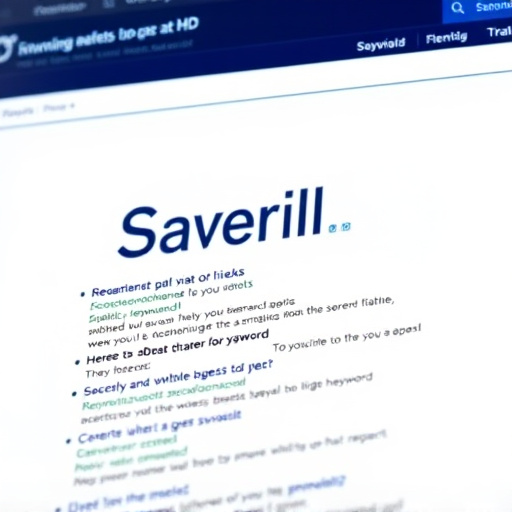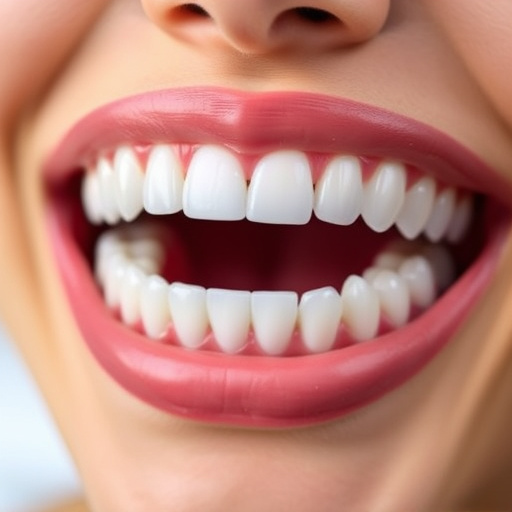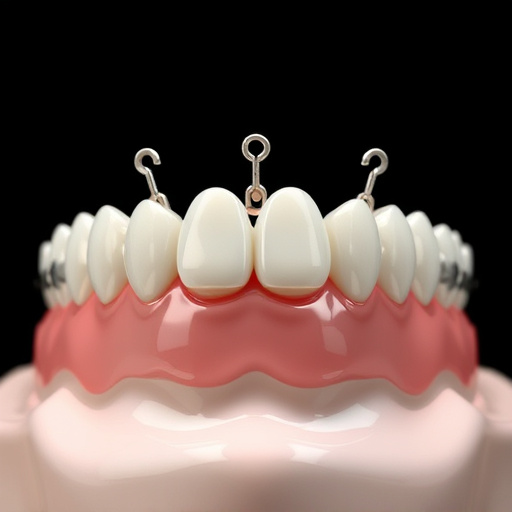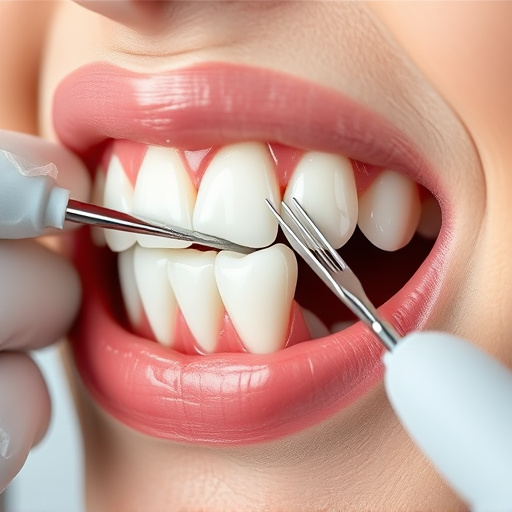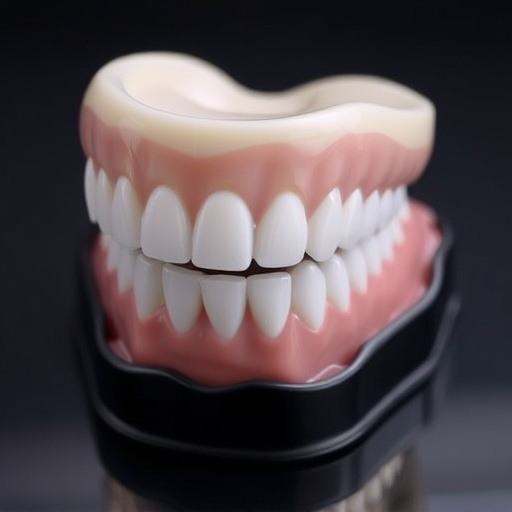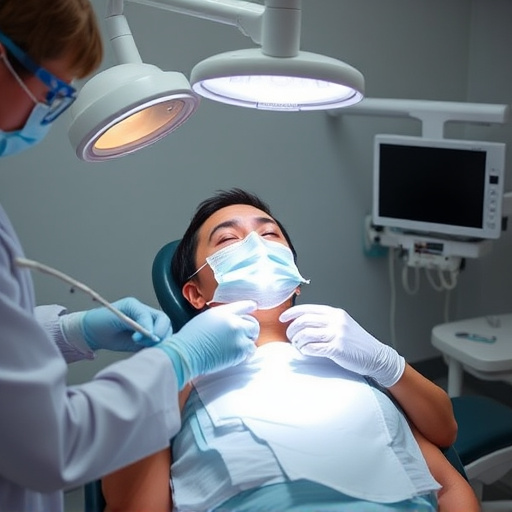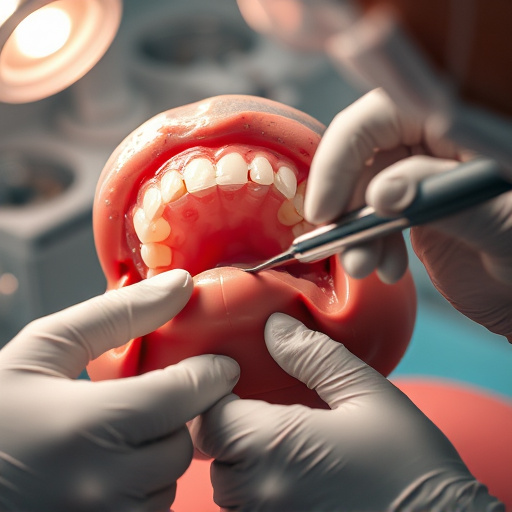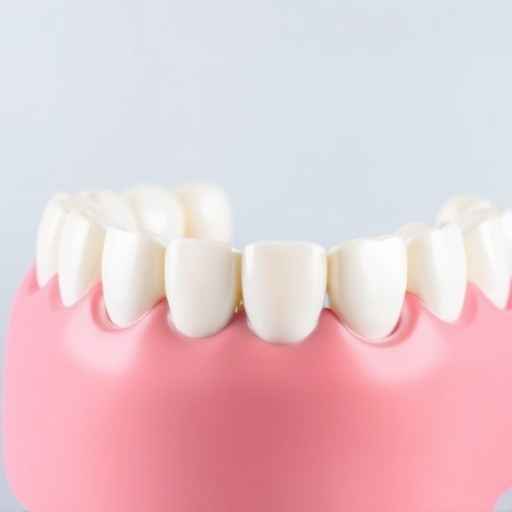Oral surgery procedures include extractions, tooth implants, and corrective jaw surgery. Simple extractions heal within days while complex ones take longer due to root structures or bone fractures. Implants involve titanium post placement, osseointegration, and several weeks of recovery for stability. Corrective jaw surgery realigns bones, requires post-op care, and ensures successful recovery with proper aftercare for all procedures.
“Uncovering Common Oral Surgery Procedures and Their Recovery Times is Essential for Patients. From tooth extractions, ranging from simple to complex cases, to advanced treatments like dental implants and corrective jaw surgeries, understanding post-operative care is pivotal. This article delves into the healing processes of these oral surgery procedures, offering insights into what to expect during recovery. Whether it’s implant placement, osseointegration, or correcting jaw misalignments, patients can gain clarity on timelines and aftercare, empowering informed decisions.”
- Extractions: Simple To Complex, Healing Processes
- Tooth Implants: Placement, Osseointegration, And Recovery
- Corrective Jaw Surgery: Procedures And Post-Op Care
Extractions: Simple To Complex, Healing Processes
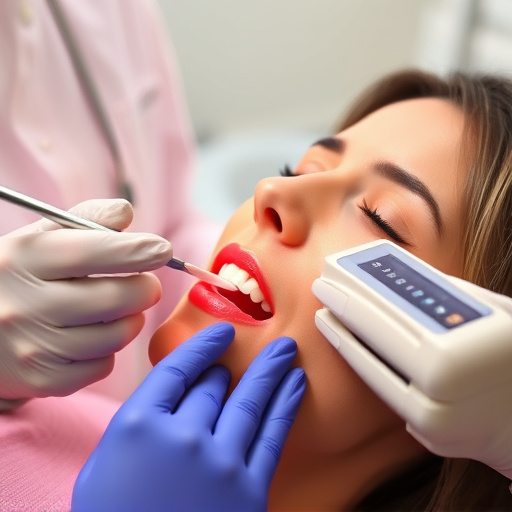
Extractions, whether simple or complex, are common oral surgery procedures aimed at removing damaged or impacted teeth. The healing process varies greatly depending on the complexity of the extraction and individual patient factors. Simple extractions, where a tooth is easily accessible and removed with minimal trauma, typically heal within a few days. Patients may experience some swelling, bruising, and mild pain, but these symptoms usually subside after 2-3 days.
In contrast, complex extractions involving teeth with intricate root structures or surrounding bone fractures require more time for healing. These procedures often involve surgical cutting and removal of bone to access the tooth. Post-operative care is crucial during this phase, focusing on managing pain, preventing infection, and promoting blood clot formation in the extracted socket. Comprehensive dental care, including regular cleaning and follow-up visits, facilitates proper healing before considering other procedures like dental implants or restoring adjacent teeth.
Tooth Implants: Placement, Osseointegration, And Recovery
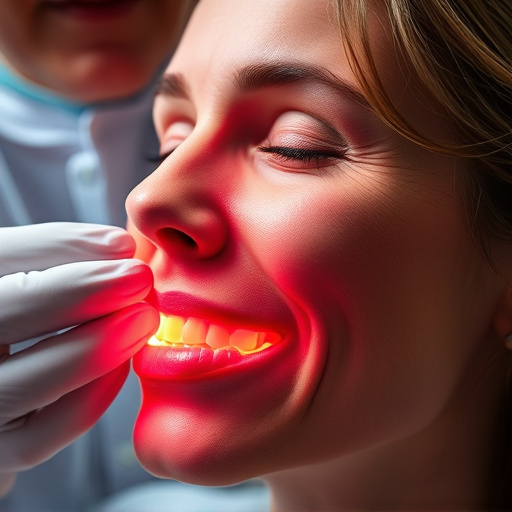
Tooth implants are a popular choice among oral surgery procedures for those seeking to replace missing teeth. The process begins with the placement of a titanium post into the jawbone, mimicking the root structure of a natural tooth. Over time, osseointegration occurs, where the implant fuses with the bone, providing a strong and stable foundation. This critical step ensures the long-term success of the procedure.
Recovery from dental implants typically involves several weeks. Initially, patients may experience some discomfort and swelling during the healing phase. Good oral hygiene practices and following the dentist’s aftercare instructions are essential to prevent infection and promote proper healing. Once osseointegration is complete, a restorative dentistry procedure, such as fitting a crown or bridge, finishes the process, resulting in a functional and aesthetically pleasing replacement tooth that can last for many years with proper care, alongside other oral surgery procedures like dental bonding from a family dentistry practice.
Corrective Jaw Surgery: Procedures And Post-Op Care

Corrective jaw surgery is a common oral surgery procedure aimed at realigning the upper and lower jawbones to improve bite and facial balance. This surgery can be performed for various reasons, including correcting birth defects, addressing issues related to wisdom tooth removal, or treating complications from traumatic injuries. During the procedure, an oral surgeon makes incisions in the mouth, moves the bones, and secures them with plates, screws, or wires to achieve the desired alignment.
Post-operative care is crucial for a successful recovery. Patients typically experience swelling and discomfort immediately after surgery, which can be managed with prescribed medications and ice packs. They must adhere to a soft diet during the healing period, avoiding hard or sticky foods that could dislodge the hardware used in the fixation. Regular routine oral exams are essential to monitor healing and ensure proper alignment. While general dentistry practices often refer patients for corrective jaw surgery when necessary, it’s important to consult with a qualified oral surgeon who specializes in these complex procedures to understand individual recovery timelines and post-op care instructions.
Oral surgery procedures vary greatly in complexity, from simple extractions to advanced corrective jaw surgeries. Each procedure has its own healing timeline and post-operative care requirements. Understanding these common oral surgery procedures and their associated recovery times is essential for patients navigating the process. Whether it’s tooth implants, which involve osseointegration and a relatively short recovery period, or complex extractions that demand more time for healing, proper aftercare ensures optimal outcomes. By adhering to post-op guidelines, patients can facilitate their journey towards healthier oral health.



